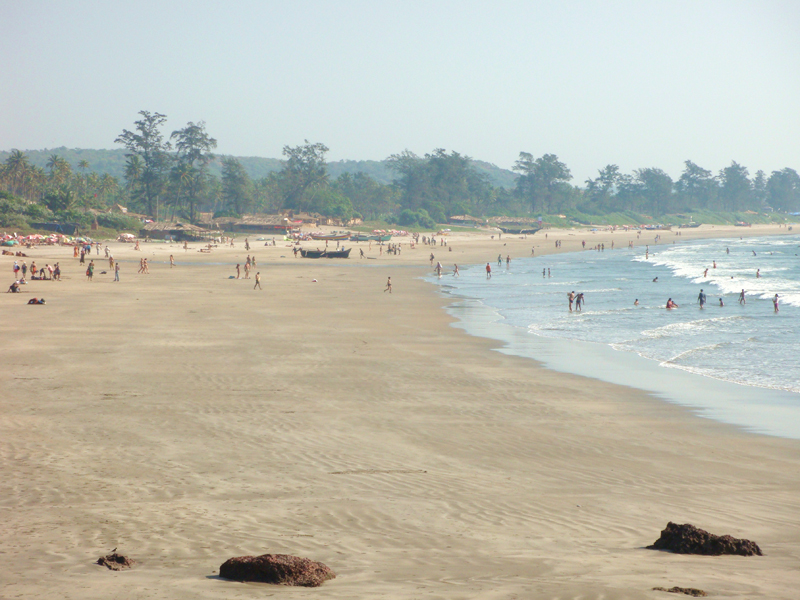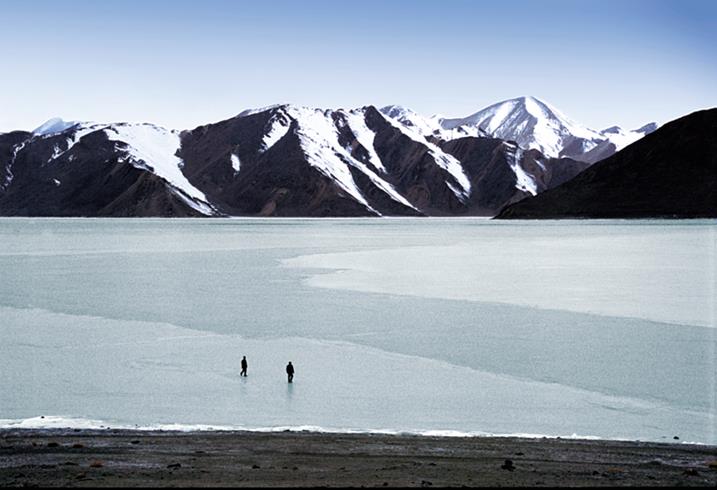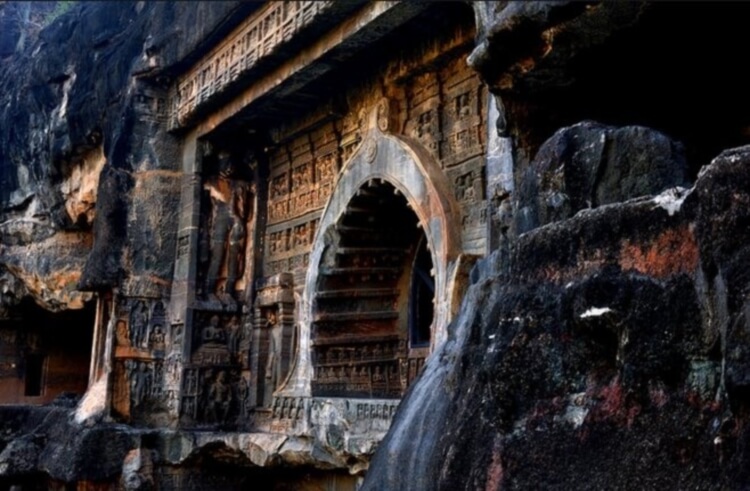India is a federal state consisting of 28 states, 6 union territories and the capital district. The states of India have their own history and realities of today, an independent government and laws. Each one is unique: some attract businessmen, others – lovers of relaxation at sea, and others – seekers of enlightenment and unity with space.
Goa
Goa is the smallest state of India, but the most popular among tourists. It is often said that it is completely different from all other regions of the country. It is not surprising – travelers from all over the world come here to sunbathe on the beaches, swim in the warm waters of the Arabian Sea and have a good time at parties. The northern part of the state is a place of attraction for all kinds of party-goers, hipsters and Ayurveda fans in its adapted version. The south is more suited for a relaxing family vacation. Expensive hotels are concentrated there and the entire infrastructure for a comfortable stay is created.

Kerala
A prosperous and educated staff. In addition to the magnificent beaches and stunning imagination of landscapes, Kerala – Indian Venice, presents the traveler the opportunity to see the country from an unexpected direction during cruises in hotel boats on multi-kilometer canals. Ayurveda arose and developed here, the traditions of Hinduism, Islam, Judaism and Christianity are mixed. (By the way, the ruling party in Kerala is the Communists).
One of the main goals of tourists in Kerala is the study of Ayurveda. It is here that you can learn from real masters, and at the same time heal, enjoy the amazing beauty of tropical nature and sunbathe on the semi-wild beaches. This is a vacation without noisy parties and parties, more aimed at the contemplation and restoration of the body.

Jammu and Kashmir
The northernmost state of India – Jammu and Kashmir, is striking in contrasts and inconsistencies. The Kashmir Valley is characterized by a mild and comfortable climate, and the mountainous Ladakh, where in winter the temperature drops to −40 ° C, attracts adherents of extreme tourism due to its inaccessibility.
Jammu and Kashmir are the majestic beauty of the Himalayas, flowering valleys and lakes with a mirror surface.
And an excursion to Buddhist monasteries lost in the mountains can be the most exciting adventure in life. The state has developed active tourism: trekking, skiing, mountain climbing.

Madhya Pradesh
The central state of India with an arid and hot climate, located far from the sea coast. It boasts a unique Khajuraho complex and numerous national parks, where tourists will come in close contact with the diverse and magnificent nature of the country.
Madhya Pradesh goes to admire the grandiose ancient forts, cave temples, tombs of saints and palaces.

Maharashtra
97 million people live in Maharashtra, are the headquarters of the largest Indian companies and, of course, Bollywood. In addition to one of the most cosmopolitan cities of India in Mumbai, tourists are attracted by rocky and cave temples of Ajanta and Ellora, as well as Lake Lonar, located in the meteorite crater.

Himachal Pradesh
The state is located in northern India in the neighborhood of Kashmir. Ecotourism is well developed here: rafting on rough rivers, trekking, conquering mountain passes, from where a breathtaking view of the Himalayas opens. Many travelers stay in the Kulu Valley, from where it is convenient to plan round trips in the surrounding area. Also in Himachal Pradesh you can look at ancient Buddhist temples and take a dip in the hot springs. The most hardy go hiking in the highlands to the ancient monasteries.
Uttarakhand
In Uttarakhand is Rishikesh – the holy city of Hindus and a yoga center, where you can learn all the wisdom of this art from advanced masters and even become a teacher yourself. People who are seriously interested in spiritual practice come here specially to serve in numerous ashrams.
Staying in these special places on the shores of the sacred Ganges is supposed to contribute to the enlightenment and the acquisition of secret knowledge that Hindu culture fans all over the world seek. It is quite natural – according to the doctrine, in Rishikesh the god Shiva comprehended nirvana.

Rajasthan
Rajasthan is one of the most visited states of India. Its capital, Jaipur, is included in the “golden tourist triangle”, which means that it is a must-see for anyone who has come to the country for the first time and wants to concentrate on the excursion program. There is something to see: exotic maharaja palaces decorated with filigree patterns, temples and fortresses that preserve the memory of the heyday of the Rajputs. Also interesting are the holy Pushkar, literally crammed with Hindu shrines, and Jodpur – the “blue city” in the middle of the Thar desert.

Karnataka
This state for tourists is like an Indian cornucopia. What is there: sacred cities with temples forbidden to foreigners, palaces, national parks, secret lagoons with wild beaches and even the local analogue of the American silicon valley. The man-made sights of Karnataka are rich material for endless excursion routes, but it would not be entirely right to limit ourselves to a trip to architectural objects. You must visit at least one reserve to appreciate the luxury of the natural diversity of this part of India, as well as sunbathe on the coast of the Arabian Sea, which is considered especially picturesque in Karnataka.

Uttar Pradesh
A trip to Uttar Pradesh is a real immersion in Indian culture and a unique chance to see the country in all its diversity. There are many religious attractions and holy places, which attracts countless pilgrims of various faiths. This is the land where Buddha preached for the first time, Krishna was born and spent many years. On the territory of Uttar Pradesh there is a mausoleum with the tomb of Akbar the Great – the most powerful ruler of the Mughal dynasty.
The main pearls of the state: the brilliant Agra with its magnificent white-marble Taj Mahal and the holy Varanasi – the city of funeral pyres.

West Bengal
Here is a mysterious and colorful Calcutta. When India was dominated by the British Empire, the city was the capital of the country. The colonial architecture of that period is striking in its variety of styles – the metropolis spared no money and created a “little Europe” in the heart of Asia for its administration. Today, palaces, administrative buildings, churches, private mansions of past centuries coexist with modern skyscrapers and endless slums – such a contrast literally falls upon tourists. But just for this they come here.
